当前城市:淄博[切换]
- 手机雅思无忧

扫码登录
雅思考试主要是通过对考生听、说、读、写四个方面英语能力的考核,综合测评考生的英语沟通运用能力,实现“沟通为本的”考试理念。对于雅思考生来说,也有很多考试难点和政策盲区需要帮助解答。今天雅思无忧网小编准备了文章雅思阅读题目练习:Geophysics For Utility Location,希望通过文章来解决雅思考生这方面的疑难问题,敬请关注。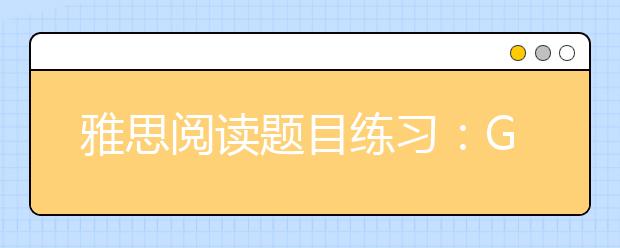
Geophysics For Utility Location: When It Works - When It Won’t
Utility companies, construction projects, and highway contractors are often faced with the need to excavate or pipe-jack in the vicinity of known or suspected buried utility lines, drains, or other subsurface structures. In many cases, particularly where they are adjacent to highways, the lateral position of the lines may be documented with reasonable accuracy, but the vertical position, or burial depth, may be uncertain due to changes in grade caused by construction or maintenance performed after the pipes were buried.
One way to verify the location of such buried objects is to cautiously dig a trial pit to expose the object in question. However, digging such a pit in or close to a highway is costly because of the need for traffic control, and subsequent reinstatement of the surface to meet the original specification. There is also a substantial risk of accident and personal injury, partly due to the disruption caused to the highway traffic, and partly due to the nature of the work. Where mechanical digging equipment is used, an undocumented or misaligned utility line can easily be damaged if the excavation workers do not observe it. Gas and electricity lines present very obvious safety threats in this situation.
These factors have caused utility engineers and contractors to search for alternative methods to locate subsurface structures, often with mixed success. There are several geophysical techniques with proven capabilities in non-intrusive subsurface investigation, but there are less publicized limitations to these methods that potential specifies and users should be aware of if they are to avoid inconclusive or misleading survey reports.
Practical Near-Surface Techniques
The real driving force behind the development of geophysical survey methods was the search for oil and other valuable mineral deposits. The earlier methods were therefore primarily focused on the detection and identification of relatively large geological formations at depths that were typically measured in several hundreds of feet. Such methods do not have the resolution to detect *all objects, such as pipelines and cables, buried only a few feet deep.
A few methods, however, were either developed specifically for near-surface work, or were readily adaptable to the task of locating relatively *all objects at shallow burial depths. The most commonly used methods in current utility location practice are:
· Ground Penetrating Radar
· Magnetometer/Gradiometer
· Non-contact Conductivity
· Specialized Utility Locators
These methods have been proven to be very effective in the right conditions, but all have limitations that can render them inconclusive, or worse still, misleading, if used or interpreted by an inexperienced operator.
Where soil conditions are appropriate, GPR can provide the most complete and accurate information about buried structures and utility lines, but requires a carefully laid out survey grid or pattern if the maximum accuracy is to be obtained from the survey profiles. GPR will detect non-magnetic or non-conductive lines such as plastic gas pipes.
GPR is not suitable for use in locating objects deeper than about 3 feet or so in moist clay or silty clay soils, but since it is measuring soil dielectric properties, it can give useful information about the lateral extent of disturbed soils or backfill areas, even where a utility line is not identified due to signal attenuation.
For reconnaissance-level surveys, where it is required to sweep large areas of open land for buried structures, EM conductivity surveys will be much more economical than GPR, but will provide little or no useful depth information. EM will not directly detect non-conductive material such as plastic gas pipe, but will usually identify the conductivity anomaly caused by the backfill around the pipe.
Magnetometer, Gradiometer, and electro-magnetic or RF utility locators are generally best employed for tracing the route of a utility line when a physical connection to the line can be made at one end, or in a manhole or trial pit. The methods will not work with plain plastic pipe such as older gas tran*ission lines. If the plastic pipe has been installed with marker magnets at the couplers, wire markers, or conductive tape laid in the excavation, then these tools might be considered.
In the author’s experience, the most efficient survey program for a location where no accurate utility information is available is to use EM for an initial search, then use GPR to refine the data in areas where EM indicated conductivity anomalies.
A magnetic plastic gas pipe has been developed under the auspi
ces of the Gas Research Institute, and is currently being evaluated under field conditions. If the durability of the material lives up to expectations, and the cost becomes competitive with current gas line products, location of the new lines will be greatly simplified, and current utility location tools will become much more useful.
Choose one phrase (A-M) from the List of phrases to complete each Key point below.
The information in the completed sentences should be an accurate summary of the points made by the writer.
NB. There are more phrases (A-M) than sentences, so you will not need to use them all. You may use each phrase once only.
Key point
1. Utility companies …
2. Trial pits …
3. Mechanical digging equipment …
4. Geophysical survey methods …
5. GPR …
6. EM conductivity survey …
7. The development of a magnetic plastic gas pipe …
List of phrases
A. dig holes to bury utility lines
B. are dug to expose subsurface structures
C. damages easily undocumented utility lines
D. often need to dig holes near some subsurface structures
E. are developed to search valuable mineral deposits
F. are dug to confirm the location of a subsurface structure
G. provides little useful depth information
H. always provides the most complete and accurate information
I. can detect very *all objects
J. can detect plastic gas pipes
K. will be evaluated
L. uses gas and electricity
M. is likely to make it easier to locate the lines
以上是小编为大家准备的“雅思阅读题目练习:Geophysics For Utility Location”的相关内容,希望为大家提供一些帮助,在这里小编预祝各位考生在雅思考试中顺利拿到自己的理想分数。
雅思考前能力水平测试(0元领课)
以上就是雅思无忧网为您准备的访问雅思无忧网(https://www.yasi.cn/),了解更多雅思考试新消息,新动态。
 雅思听力高频场景词汇地图场景之location
雅思听力高频场景词汇地图场景之location
雅思考试主要是通过对考生听、说、读、写四个方面英语能力的考核,综合测评考生的英语沟通运用能力,实现“
2021年07月19日 11:33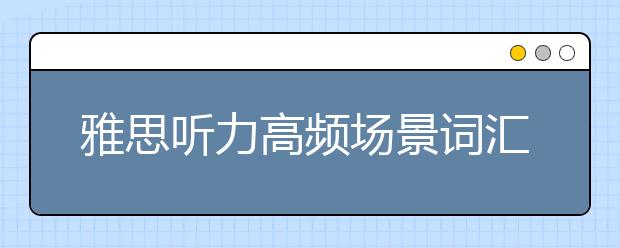 雅思听力高频场景词汇地图场景之location
雅思听力高频场景词汇地图场景之location
新东方在线小编为大家整理了雅思听力高频场景词汇,希望对大家的雅思听力备考有所帮助。 Locati
2021年07月27日 22:23 雅思阅读扫读练习方法
雅思阅读扫读练习方法
对于雅思的学习,很多学员学习起来还是有一点困难的,特别是阅读阶段,为了大家更好的进行雅思阅读,今天小
2021年05月26日 13:25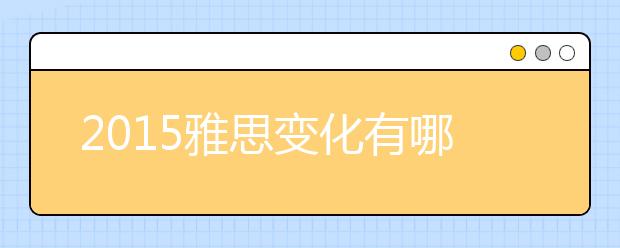 2019雅思变化有哪些?2019雅思阅读与写作预测
2019雅思变化有哪些?2019雅思阅读与写作预测
2019年的雅思考试已经过去了两个月,在这两个月内,我们依然可以大胆的预测出2019雅思变化有哪些。
2021年05月27日 22:36 雅思考前指南——雅思阅读相关的备考建议
雅思考前指南——雅思阅读相关的备考建议
雅思考前指南——雅思阅读相关的备考建议为大家带来雅思阅读的考点题型全解析和在备考过程中可能出现的疑难
2021年05月28日 18:20 2019雅思考试注意事项全解析 附雅思阅读听力评分标准
2019雅思考试注意事项全解析 附雅思阅读听力评分标准
雅思考试跟国内考试在内容和考核方式上有很多的不同,即是在考试的注意事项上,也有很多独特的地方,大家须
2021年05月28日 22:16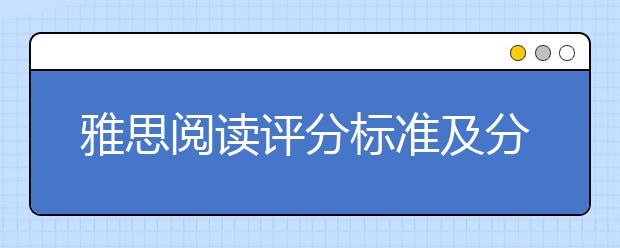 雅思阅读评分标准及分数解读 附20组必背阅读替换词清单
雅思阅读评分标准及分数解读 附20组必背阅读替换词清单
本文为大家带来2019年雅思阅读评分标准表及9-0分的各个分数段的分数解读,看看你的阅读水平目前处于
2021年05月28日 22:21 不是10种也不是13种 简明讲解雅思阅读5大题型特征及解法
不是10种也不是13种 简明讲解雅思阅读5大题型特征及解法
雅思阅读题型多样,各有各的难点和特点。若能突破其难点,掌握其特点,对在规定时间内完成题目并保证正确率
2021年05月29日 00:42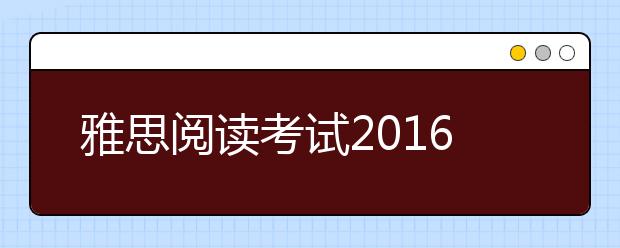 雅思阅读考试2019最新评分标准与复习方法讲解
雅思阅读考试2019最新评分标准与复习方法讲解
雅思阅读考试,其实算是中国烤鸭们的重头戏,因为我们都是从高考,大学四六级甚至考研的大量阅读理解题目里
2021年05月29日 06:23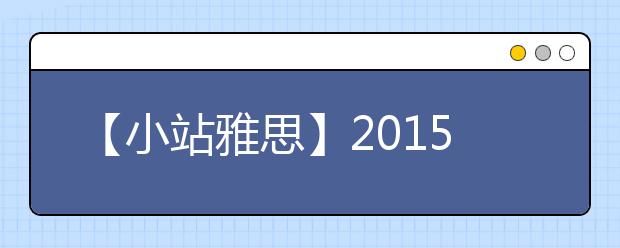 【小站雅思】2019年下半年雅思阅读趋势分析
【小站雅思】2019年下半年雅思阅读趋势分析
综合2019年上半年的考试情况看,雅思阅读文章题材平稳,但是题型与文章内容的融合度在逐渐增高,总体难
2021年05月29日 11:19